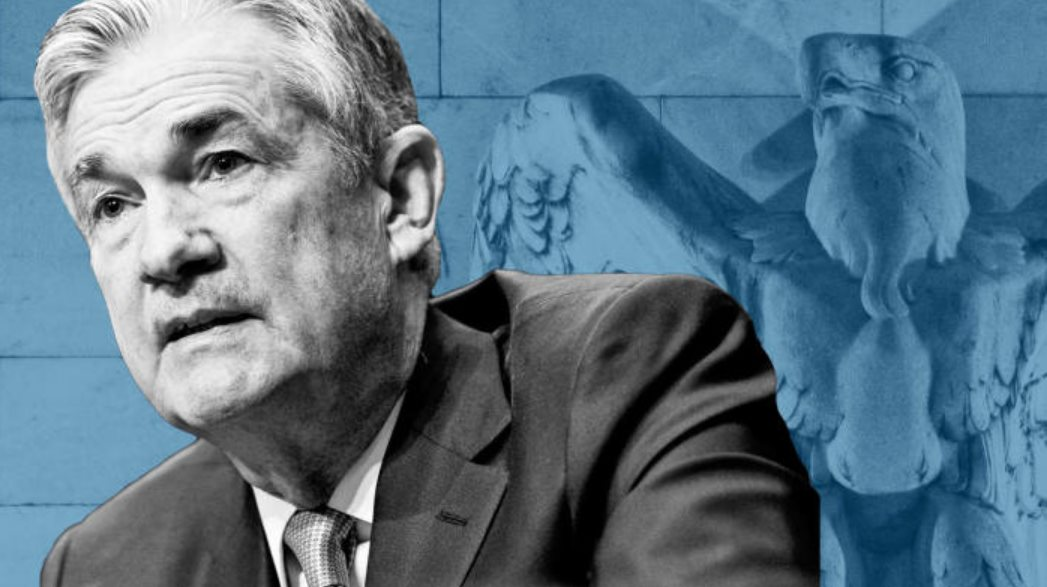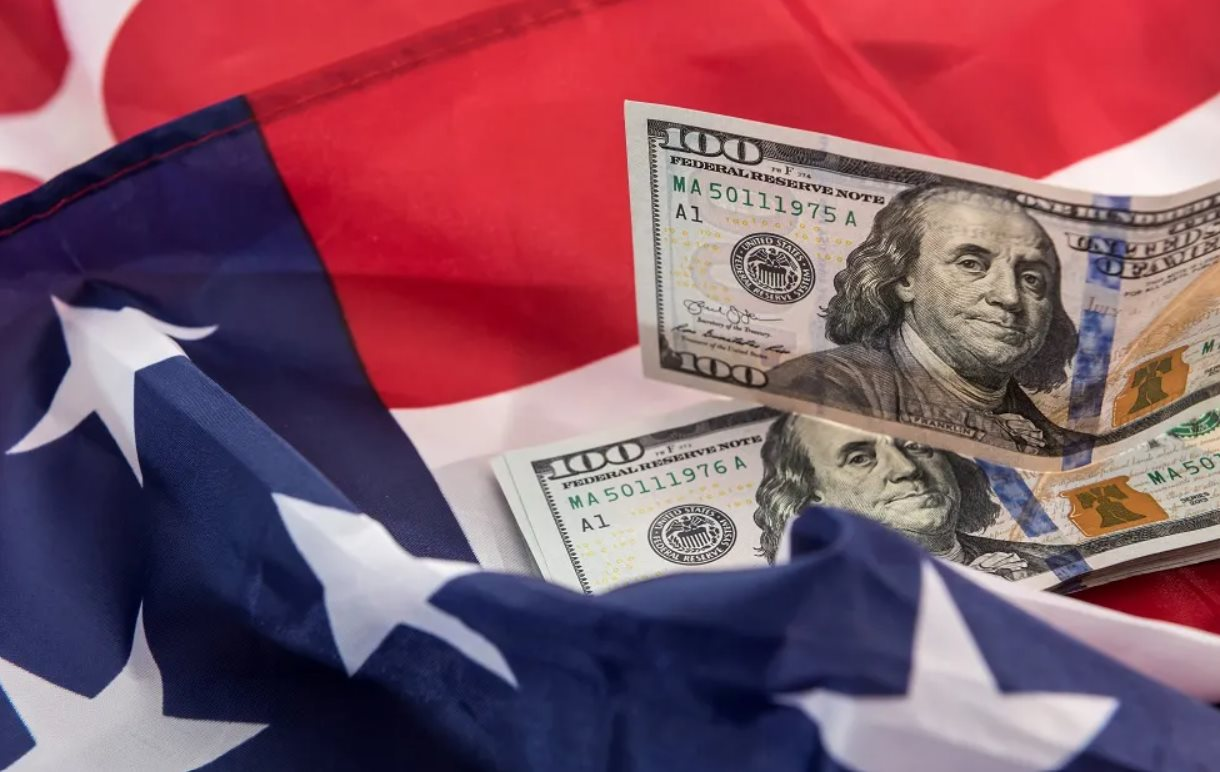The Fed is unnecessarily delaying interest rate cuts
.Delaying interest rate cuts, the FED risks harming both the financial markets and the US economy. The US consumer price index (CPI) in January 2024 increased higher than expected, largely due to housing prices. Although the US Federal Reserve's favorite inflation figures will cool, this is a reminder that the road back to low inflation remains bumpy.
The US consumer price index (CPI) in January 2024 increased higher than expected, largely due to housing prices. Although the US Federal Reserve's favorite inflation figures will cool, this is a reminder that the road back to low inflation remains bumpy.
But the Fed will still have to avoid creating major disruptions to the economy and financial markets this year.
The good news is that inflation has cooled over the past few months and is quickly approaching the Fed's 2% target. So the question is when will the FED start cutting and how much will the interest rate cut be?
As usual, the central bank is very cautious. In an interview, Fed Chairman Jerome Powell said officials need to see “more and better data.” But what is good enough? Mr. Powell implied that May is the earliest the FED would consider cutting interest rates.
They will likely need a few months of good inflation data. It is clear that officials have high standards. The FED is considering cutting interest rates amid a strong economy. Inflation-adjusted GDP grew 3% in the fourth quarter of 2023 compared to the same period last year, far exceeding the Fed's forecast of almost no growth. The unemployment rate has been below 4% for the longest period since the 1960s. Some say this strong growth means the Fed should not cut interest rates. But that argument is based on the Phillips curve, which states that to reduce inflation, the unemployment rate must increase. But the 2023 US economy shows that is wrong. In fact, high inflation is largely due to disruptions related to the Covid pandemic.
Some say this strong growth means the Fed should not cut interest rates. But that argument is based on the Phillips curve, which states that to reduce inflation, the unemployment rate must increase. But the 2023 US economy shows that is wrong. In fact, high inflation is largely due to disruptions related to the Covid pandemic.
In addition, 2019 also had similar growth and unemployment rates with inflation below 2%. Therefore, the Fed has the dual task of keeping inflation low and unemployment rate low. Maintaining high interest rates until the labor market cracks is unacceptable. The risks to the economy and financial markets are real.
The federal funds rate has increased 5.25 percentage points in two years, and that has put pressure on the housing market. In reality, the Fed is the one pushing up home prices, because people with low fixed mortgage rates won't want to sell. So new home buyers are struggling with high mortgage rates, high home prices and a lack of homes to buy. So far, the economy has been able to control the housing sector's woes, but that is unlikely to last. Another risk is the financial market.
The FED's rapid, strong and unexpected interest rate increases since 2022 have caused stress on the credit and banking markets. The collapse of Silicon Valley Bank shows that a high interest rate environment will cause bad or unlucky business decisions to suffer. It's not easy to pinpoint where the weakness lies, but the longer interest rates remain high, the more the Fed risks causing serious damage to the economy.
Some officials said the "worst possible outcome" is for the Fed to start cutting interest rates, then have to raise interest rates if inflation rises again. Although the Fed has "adjusted policy" in the past, this case still causes worries. The world changes and so does policy. But the world has changed with significant deflation and the Fed will not change its policy.
From the start, this cycle had almost nothing to do with the Fed. America is about to deal with the final effects of the Covid disruption. Now is not the time for the central bank to delay interest rate cuts. It's time for the Fed to step in.






































